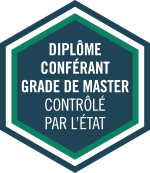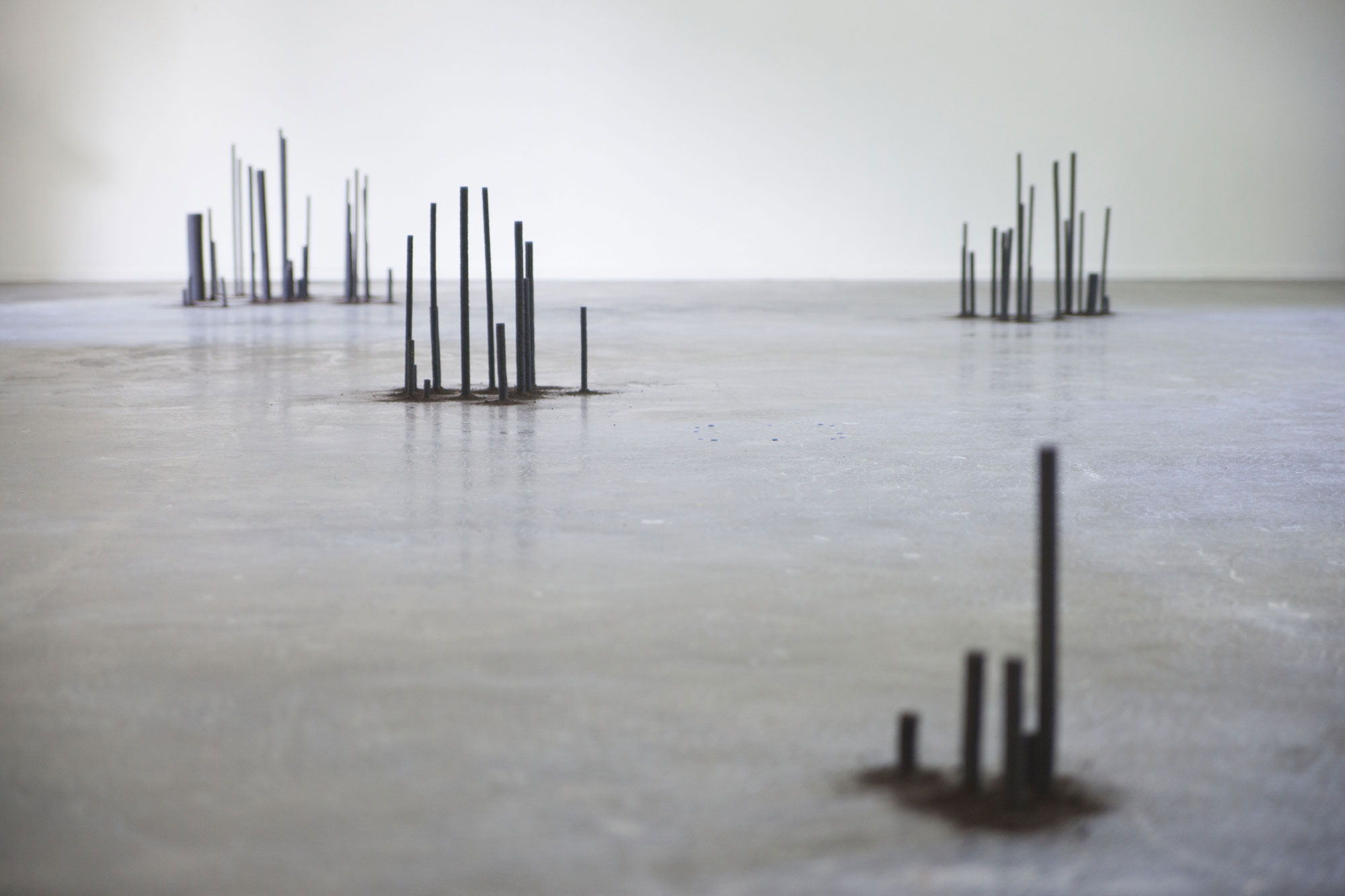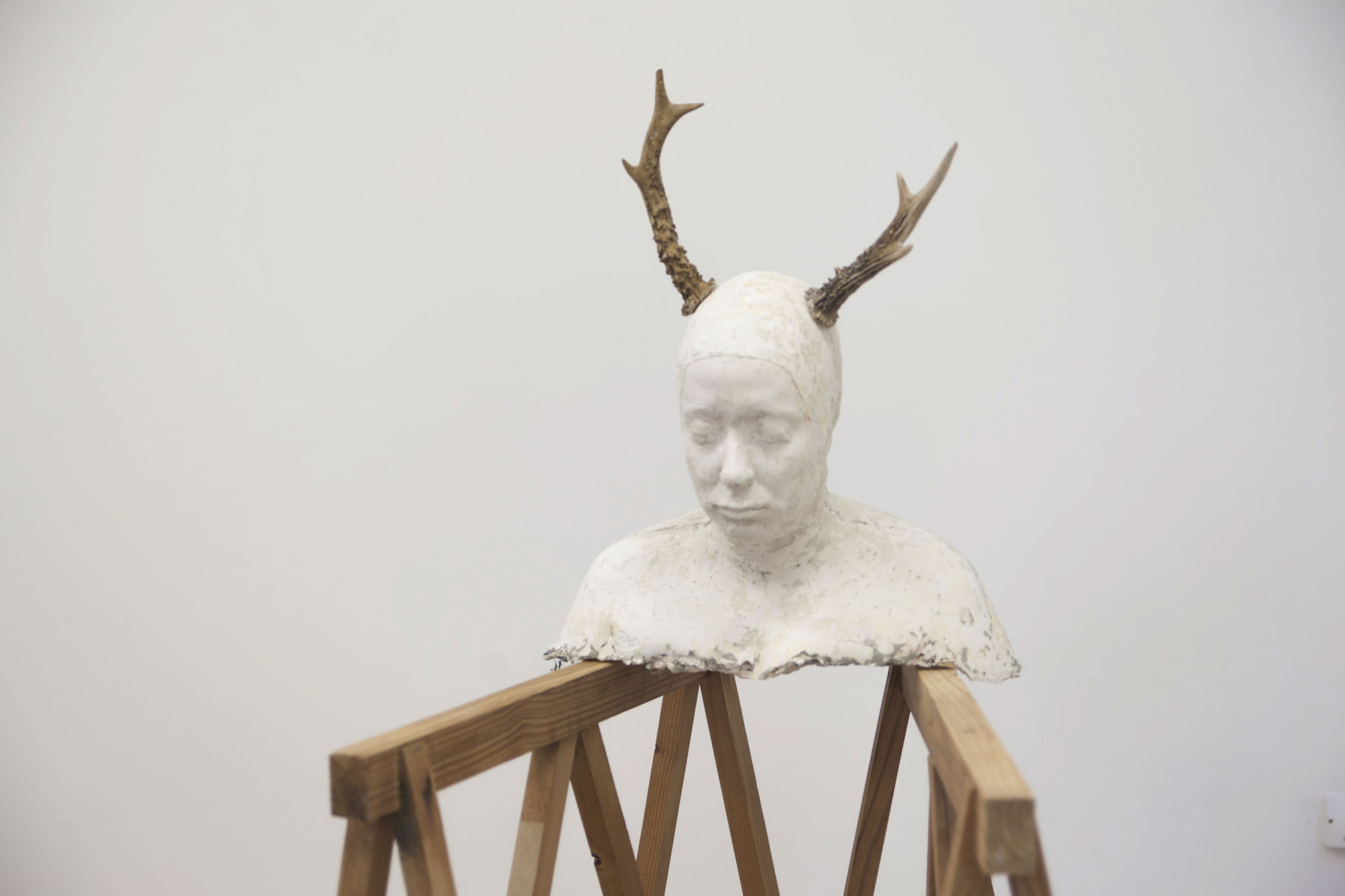Master's : DNSEP Art specalizing in ceramic-art
The art-ceramics curriculum in Tarbes
Teaching is organized into the following units throughout the curriculum (first and second cycle): lectures, studios, practical/project workshops, library research, highlights, seminars, study days and conferences.
The second cycle
In DNSEP, the teaching team supports students on their journey towards autonomy of thought and work, and in the construction of a strong commitment and a singular approach, inscribed in the multiple field of contemporary creation. With a view to a post-school career, these two years are designed to help students acquire a more demanding approach to production and visibility, as well as an understanding of the historical, philosophical and social implications of creative work.
2nd cycle organisation
Term 7 | Outgoing mobilities:
| |
Term 8 | Diploma written document conception and structuration work and additional plastic research | |
Term 9 | Finalization of the written document and development of plastic research | |
Term 10 | Finalization of diploma works | |
Year 4
The fourth year is a special one in the life of an art student: it confirms the student’s commitment to artistic practice. Freed from any diploma deadlines, students deepen the plastic and theoretical stakes of their work through new experiences.
This fourth year is also marked by the introduction of the dissertation, and is the year in which students can consider international mobility or a professional internship.
Year 5
The fifth year is immediately part of the preparation for the Diplôme National Supérieur d’Expression Plastique (DNSEP), the culmination of five years of study. It is a year in which to carry out and deepen their plastic work and finalize their thesis. Students affirm their commitment to the design and implementation of a diploma project, for which the dissertation provides theoretical and methodological support.
The artistic project and the dissertation will form the whole examined by the jury during the presentation to the DNSEP. This diploma confers a Master’s degree. It enables students to enroll in post-graduate studies, as well as in competitive examinations requiring a level 1 diploma (such as the agrégation d’Arts plastiques).
Mobility and internships
Mobilities are possible, preferably in semester 7, in the form of :
- a semester of study at a higher arts education institution under the Erasmus+ program, or abroad
- a semester or trimester (from 3 to 6 months) of internship in France or abroad (see list of agreements with partner establishments online). This long internship in a company or in an artist’s or craftsman’s studio is chosen according to the student’s artistic project and is subject to approval by the teaching staff.
Both the study exchange and the internship give rise to an agreement drawn up by the secretariat and approved by the management. Students opting for an Eramsus exchange must ensure that they obtain the corresponding credits at the host institution. Students opting for an internship must submit an internship report on their return. In this case, the terms of the semester’s assessment must be agreed with the graduate coordinator before departure.
Research and written document
Research
The “initiation to research” begun in the second year takes on its full meaning from the fourth year onwards, fostering dialogue between the student’s work and other fields of activity in a multidisciplinary perspective. Present in optional research programs, students matured by two years of experimentation continue to participate in the dynamics of the team-based creative process. The approach developed by the student is thus enriched by different working conditions and contexts.
Thesis
The written document mémoire at the end of the second cycle enables students to acquire the autonomy of thought and the theoretical and conceptual skills needed to pursue an artistic or auteur approach and future projects. Building on an approach initiated in previous years, with the “document d’étape” at the end of the first year, writing workshops, distance learning and the “document mémoire” written in the third year for the DNA, by the fourth year students gradually acquire the tools to develop their own projects.
The defense of a thesis is one of the two tests required to obtain the diplôme national supérieur d’expression plastique (DNSEP), the other being the defense of a plastic work. The thesis is presented and discussed in a twenty-minute exchange with the jury members responsible for the defense.
It puts the candidate’s work into perspective, highlighting the direction in which he or she is moving, the questions that drive his or her research and the development of an aesthetic horizon within which the young artist positions himself or herself. The dissertation may take the form of a written document or exploit other media, provided that it assumes a second-degree language (verbal or otherwise) that differentiates it from artistic practice as such. Through the dissertation, the diploma candidate provides a presentation of key moments in the understanding of his/her practice; makes intelligible the perspective adopted in relation to the field of art, creation and, more generally, culture; and defines the field of investigation on which he/she intends to work within society.



